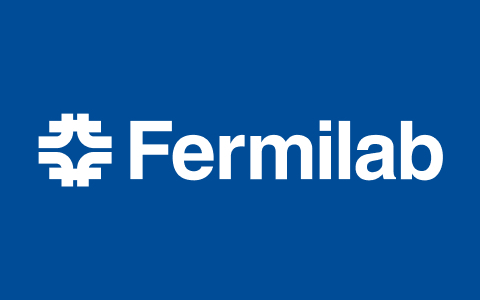Over a year later, construction continues to progress on PIP-II Cryoplant Building
A little over a year into construction, the structure of the building that will house the cryogenic equipment for the PIP-II particle accelerator is largely complete.

1 - 10 of 100 results
A little over a year into construction, the structure of the building that will house the cryogenic equipment for the PIP-II particle accelerator is largely complete.
Creating a hypersensitive dark matter detector in a clean lab more than a mile underground is no mean feat in and of itself. Add a closed border and COVID restrictions to the mix, and you have the scenario that Fermilab, SNOLAB and the SENSEI collaboration faced. Undeterred, they found a way to proceed with installation.
This summer, a team of scientists, engineers and technicians finished installing one of the main components that will create the strong electric field within the Short-Baseline Near Detector. Now they are getting ready to assemble the rest of the detector.
The NOvA collaboration has released the result of its latest measurement of neutrino oscillations. The results provide greater insight into neutrino properties, specifically mass ordering and charge parity symmetry.
Over time, particle physics and astrophysics and computing have built upon one another’s successes. That coevolution continues today. New physics experiments require computing innovation, including cluster computing for the Tevatron, and more recently machine learning and quantum problem-solving.
Even experiments that aren’t looking for dark matter directly, such as Muon g-2, could give us hints about the mysterious substance that permeates our universe.
A CERN photographer and videographer writes about his experiences documenting the ongoing upgrade that will turn the Large Hadron Collider into the High-Luminosity LHC.
Rutgers joins 19 other contributing partners, representing national labs, academia and industry, to conduct SQMS research activities.
Scientists from Fermilab and other institutions hoping to find new, long-lived particles at the Large Hadron Collider recently realized, with CMS, they may already have the detector to do it.
The physicist succeeds Marta Cehelsky, who has been at the helm of the Universities Research Association since 2011.